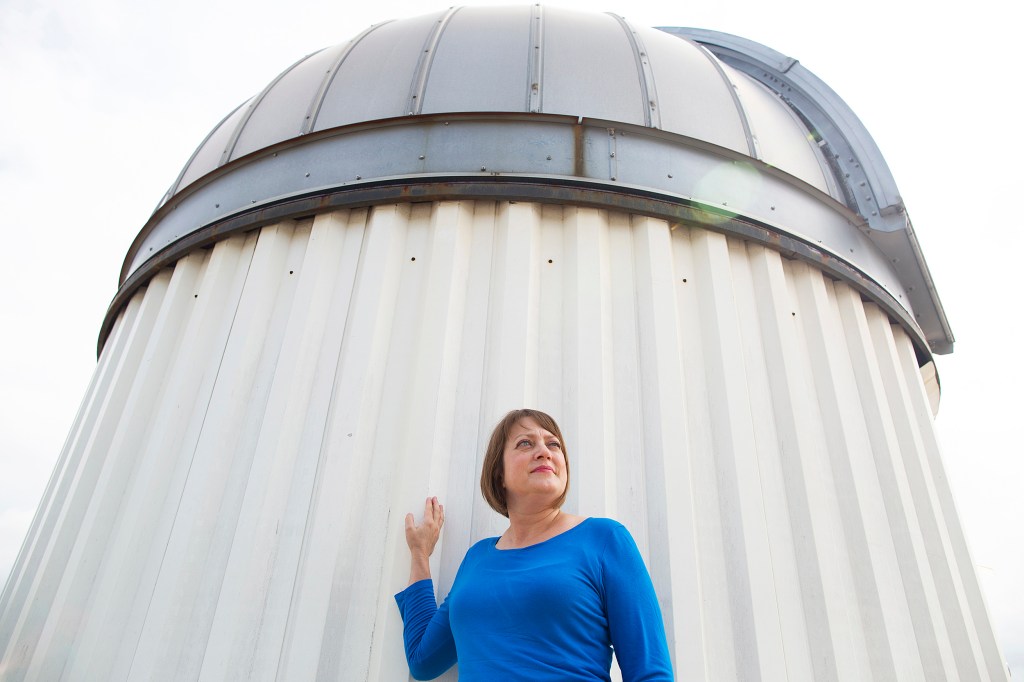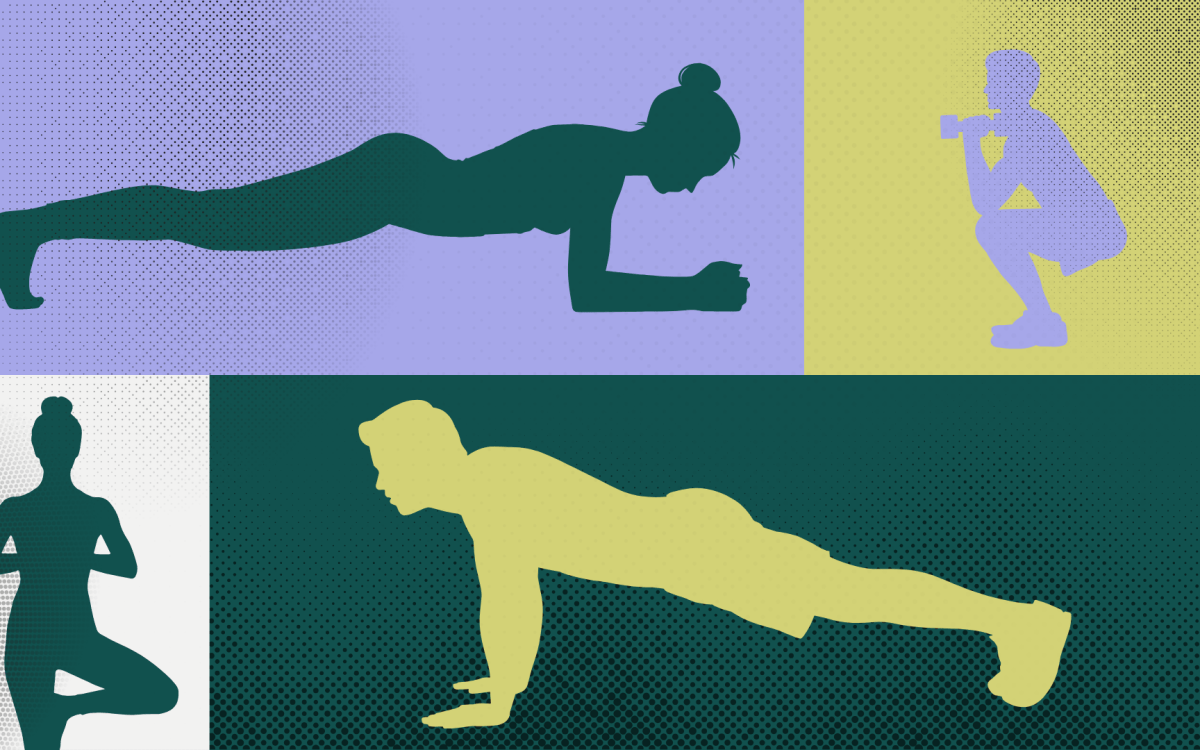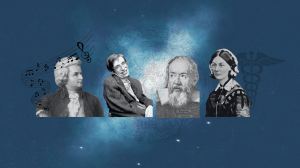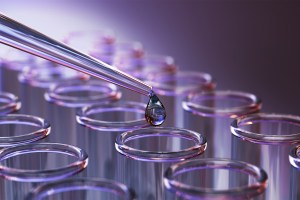Science & Tech
-
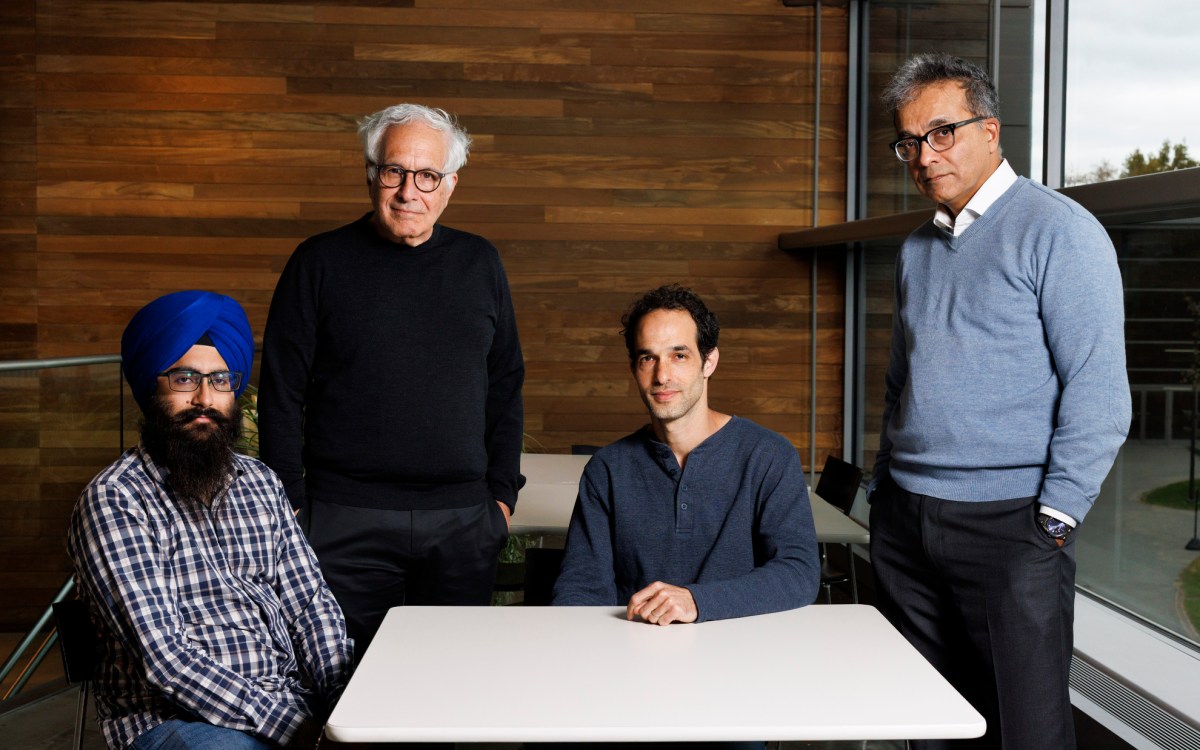
Want to speed brain research? It’s all in how you look at it.
New AI-enhanced scanning method promises to boost quest for high-resolution mapping
-

-

‘It just feels good when you solve the hard problems’
Why do students volunteer to take this notoriously difficult math exam? For the fun of it.
-
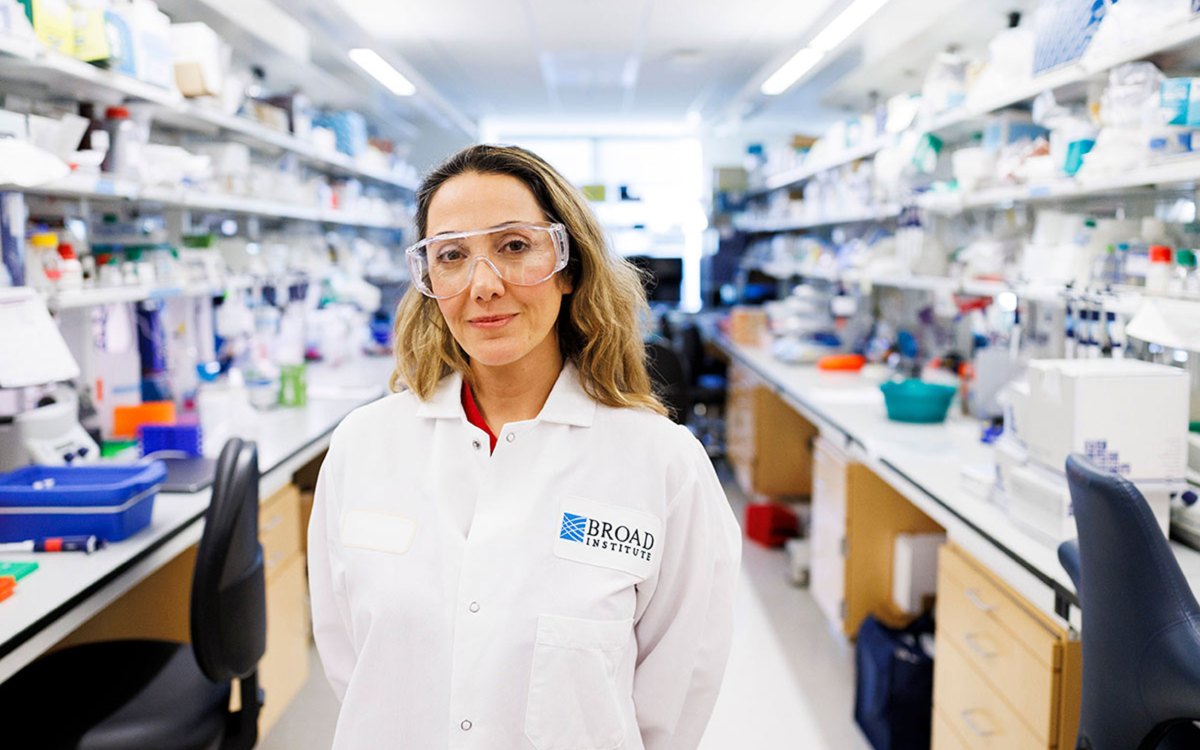
Stopping the next pandemic
Disease surveillance network faced ‘existential cliff’ despite proven success. Then came the $100 million.
-

Rethinking — and reframing — superintelligence
Microsoft researcher says separating AI from people makes systems dangerous and unproductive
-
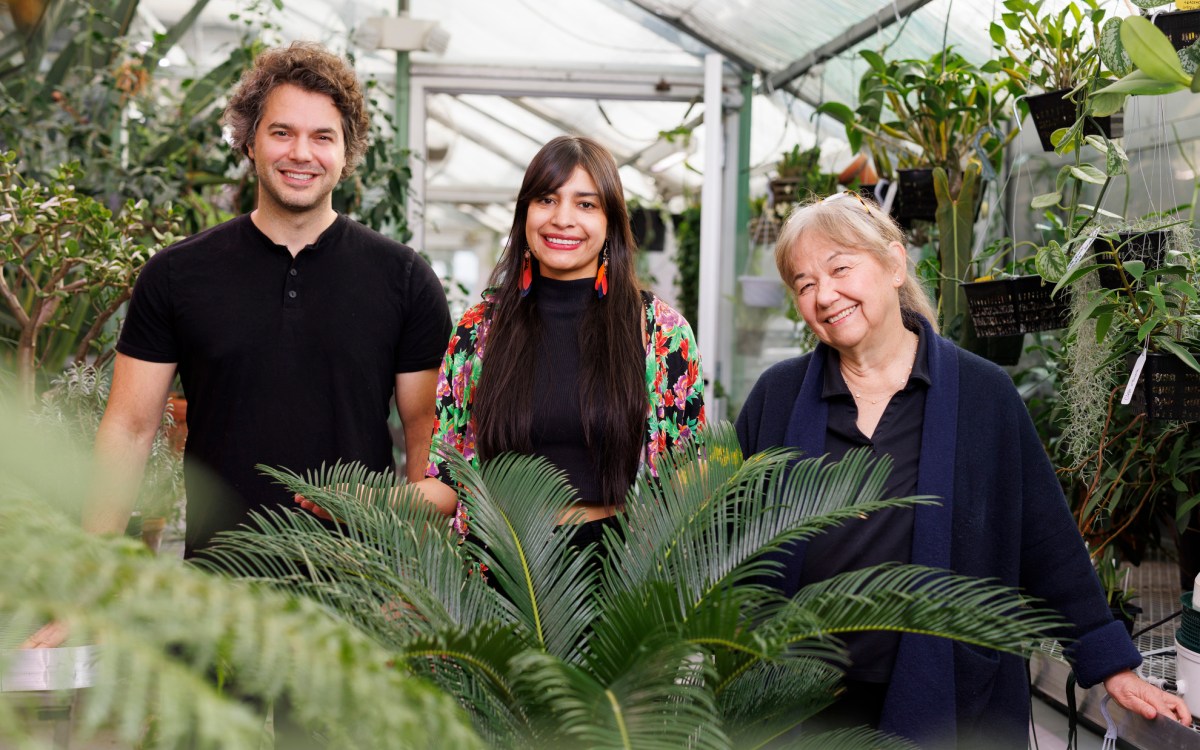
First, male gets heated up, then female, and then, you know
Study shows infrared radiation from plants serves as invitation to pollinating insects
-
Power play
With “High Sees,” architect Megan Panzano reasserts how play can impact mental and social development.
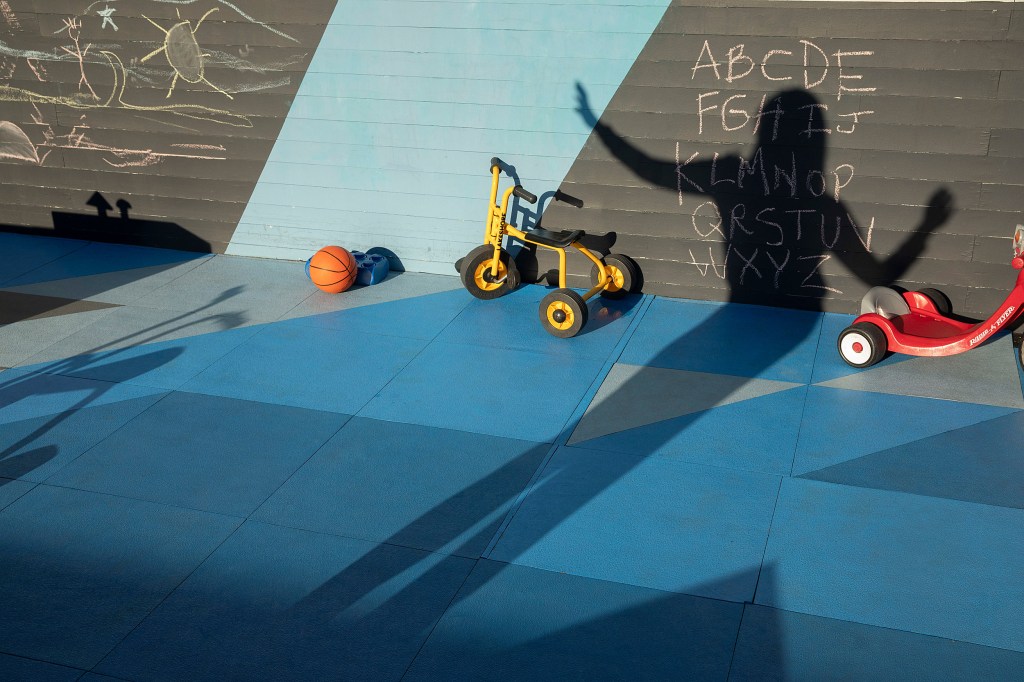
-
Helping to uncover the mechanism controlling brain states
A team of researchers led by two Harvard alumni uncover a switch that controls brain states.
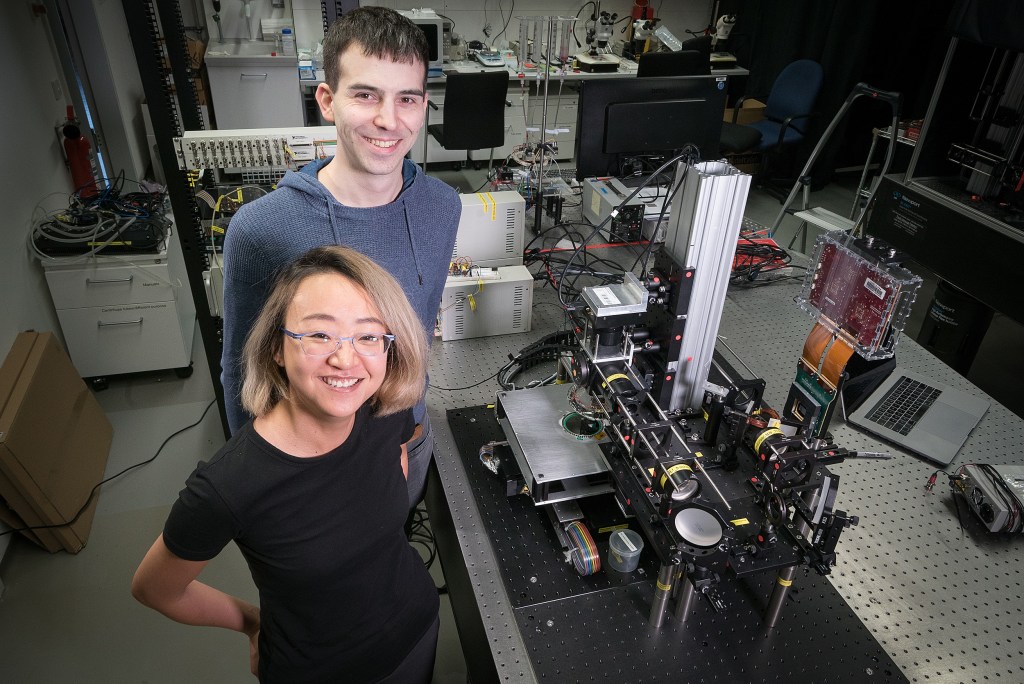
-
The power of positive phrasing
Analysis of more than 6 million clinical and life-science papers shows articles with male lead authors are up to 21 percent more likely than those with female lead authors to use language that frames their research positively, which could contribute to persistent gender gaps in pay and career advancement in life sciences and medicine.
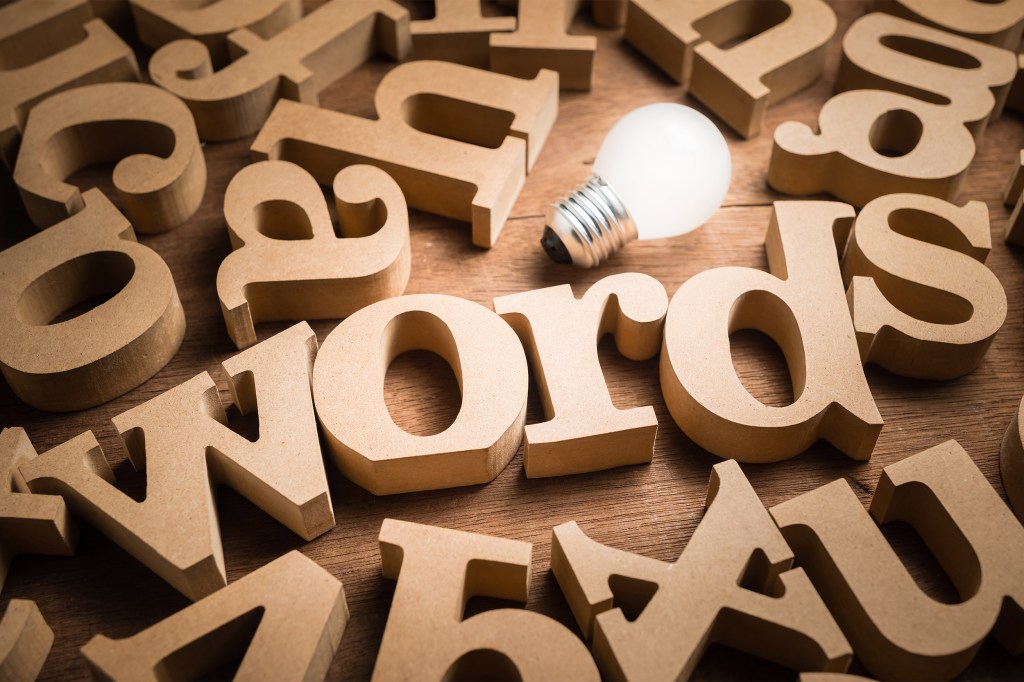
-
Living hydrogel can help heal intestinal wounds
A genetically programmed living hydrogel material that facilitates intestinal wound healing is being considered for development as a probiotic therapy for patients with inflammatory bowel disease.

-
Who’s that girl?
New research suggests a country’s degree of gender equality can shape men’s ability to recognize famous female faces.
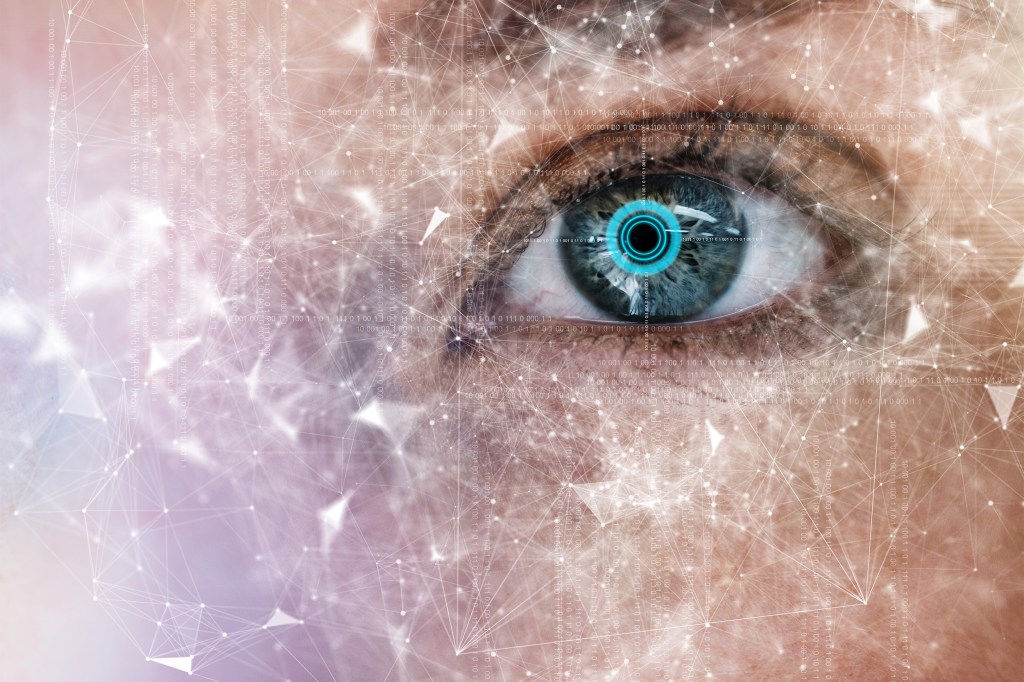
-
A platform for stable quantum computing, a playground for exotic physics
Harvard researchers have demonstrated the first material that can have both strongly correlated electron interactions and topological properties. The discovery both paves the way for more stable quantum computing and creates an entirely new platform to explore exotic physics.

-
Speeding cell, gene therapy development
Innovative public-private partnership led by Harvard and MIT aims to bolster state’s role as a leading region globally for life sciences.
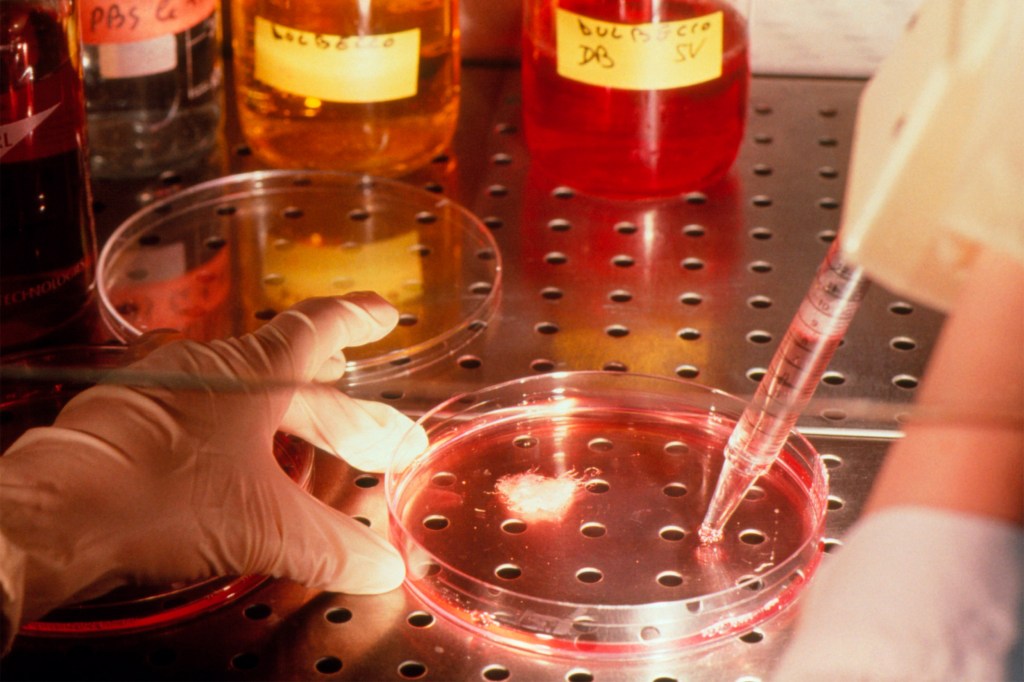
-
Chinese botanists hit trail with Arboretum
Chinese botanists collect seeds during their inaugural expedition in the Appalachian Mountains with members of the Arnold Arboretum.
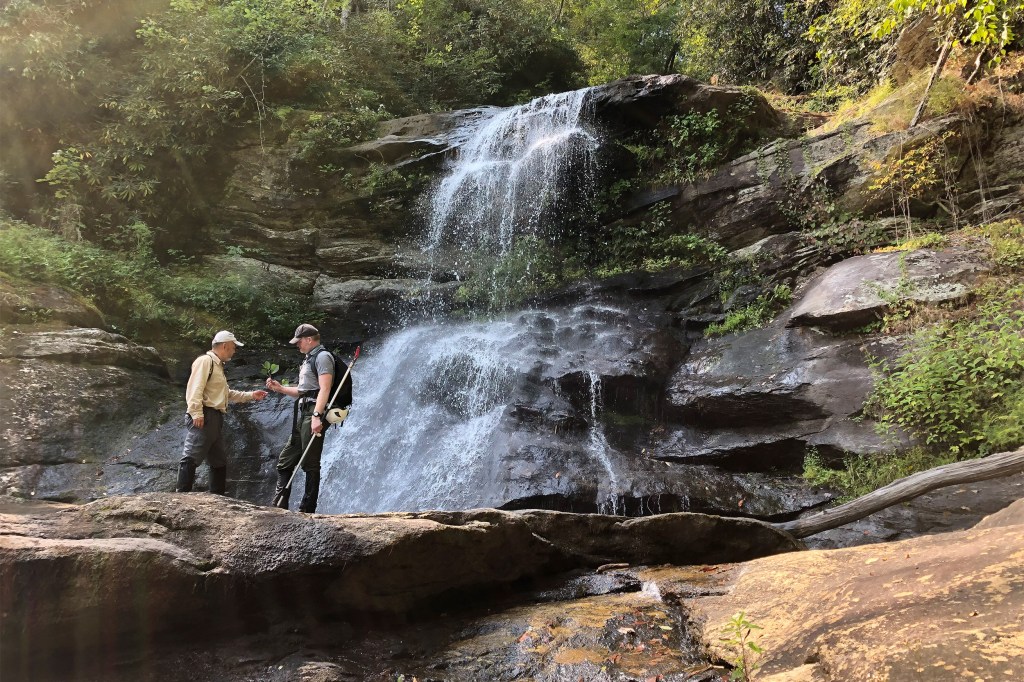
-
Where we get our sense of direction
Using virtual reality experiments, Harvard neuroscientists have decoded how fruit fly brains integrate visual cues for navigation. Study also sheds light on a form of short-term memory known as unsupervised learning.
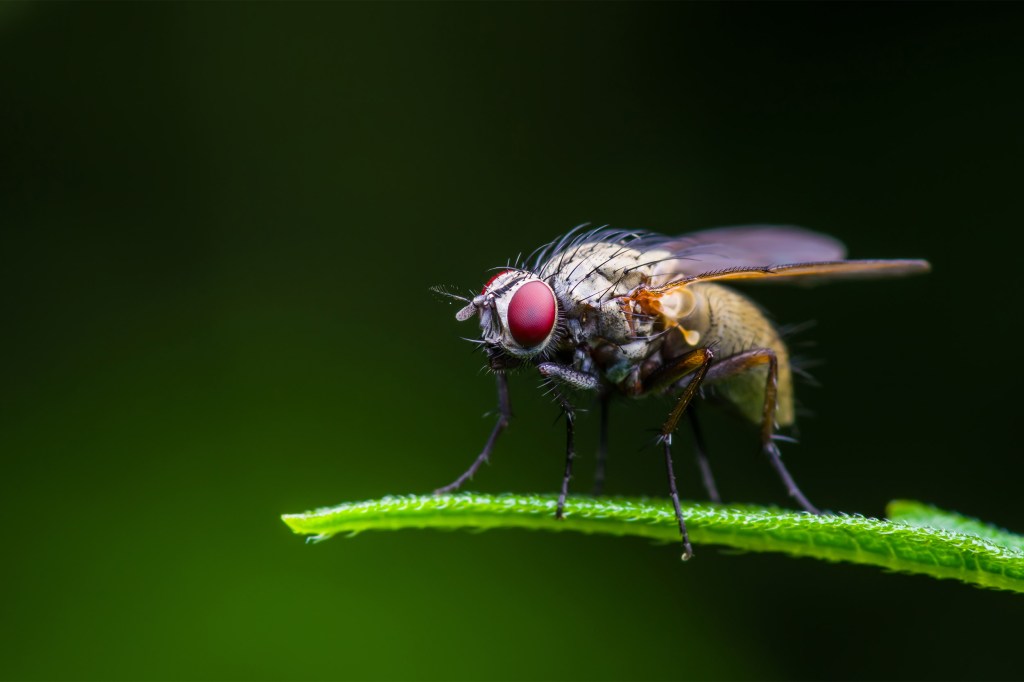
-
The archaeology of plaque (yes, plaque)
Christina Warinner says ancient dental plaque offers insights into diets, disease, dairying, and women’s roles of the period.

-
Learning from the land
Harvard University doctoral candidate Jordan Kennedy studies the engineering marvels that beavers create in her home state of Montana.
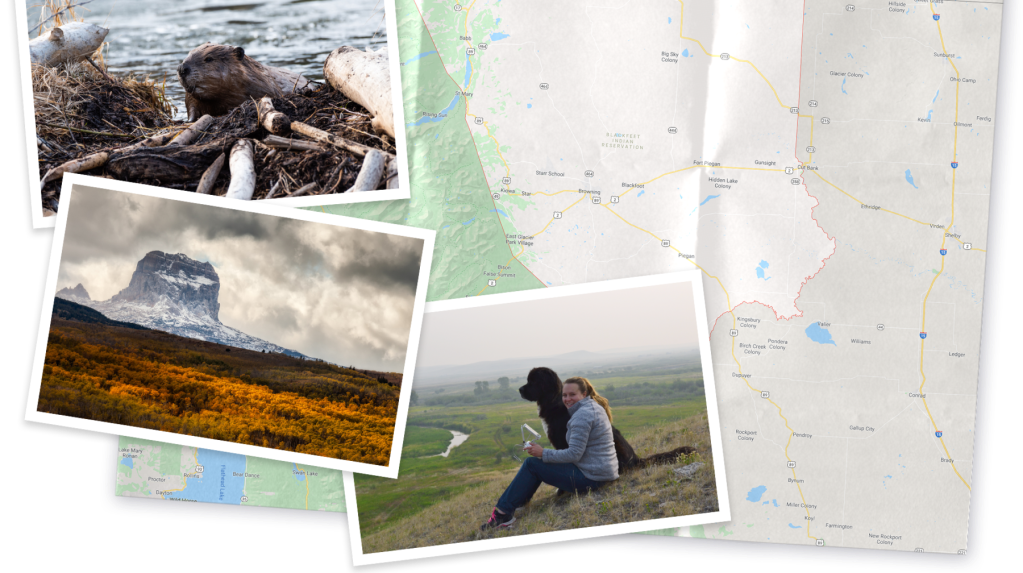
-
Predicting sudden cardiac death
Researchers have determined that genetic testing could identify those at risk for cardiac death prior to any symptoms.
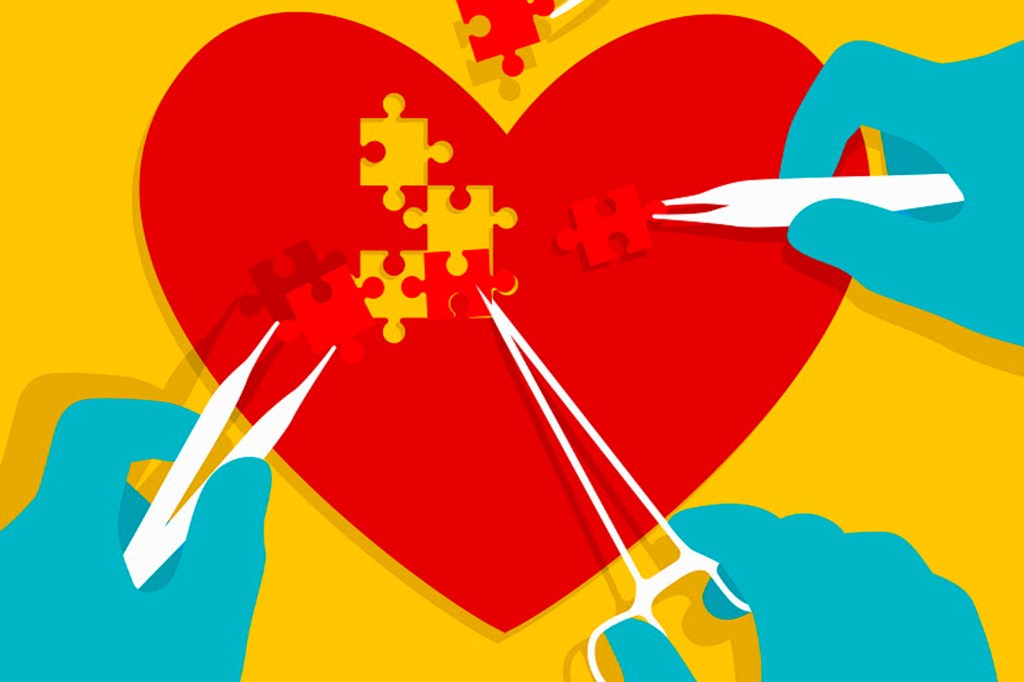
-
Building connections
Harvard University doctoral candidate Andy Cohen survived getting stuck in a blizzard, and is a better engineer because of it.

-
New laser paves way for better imaging, communications
Harvard researchers have developed a totally new type of laser that can reach terahertz frequencies offering short-range, high-bandwidth wireless communications, very-high-resolution radar, and spectroscopy.

-
Physics, real and fictional
A Harvard study is exploring the way humans’ sense of “intuitive physics” of the real world leaves fingerprints on the fictional universes we create.
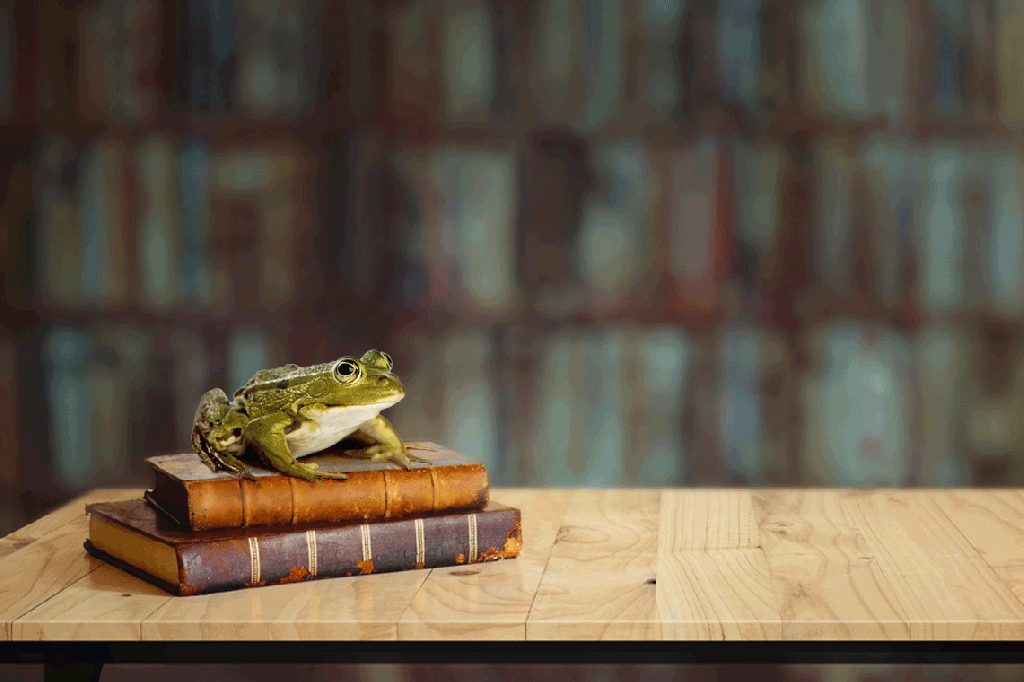
-
A second look at evolution
Researchers find clues to evolution in the intricate mammalian vertebral column.
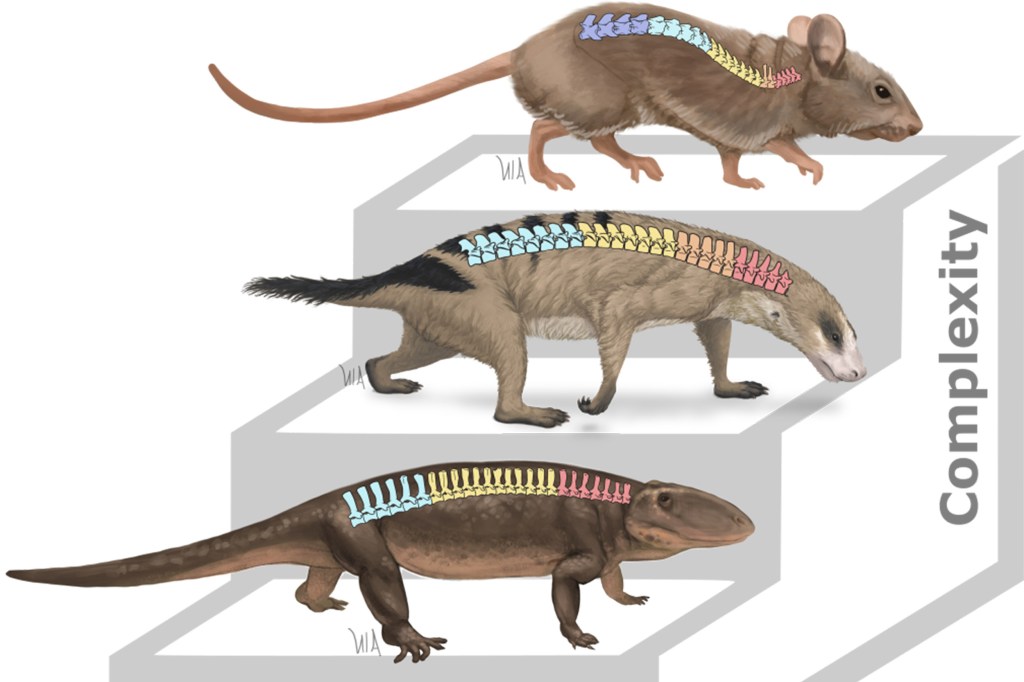
-
Faster testing for illicit drugs
The landscape of the illegal drug trade changes constantly, particularly amid the current opioid crisis. Law-enforcement officers regularly find or confiscate pills, powders, and other substances and need to know…
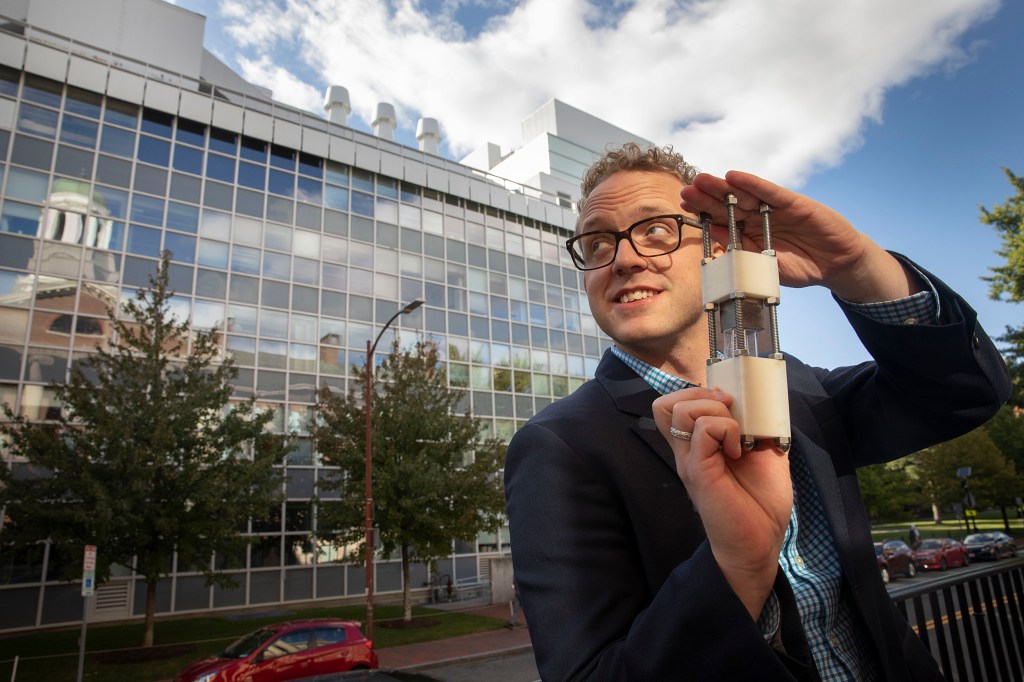
-
A better candidate for chemo delivery
A new technique called ELeCt (erythrocyte-leveraged chemotherapy) can transport drug-loaded nanoparticles into cancerous lung tissue by mounting them on the body’s own red blood cells.
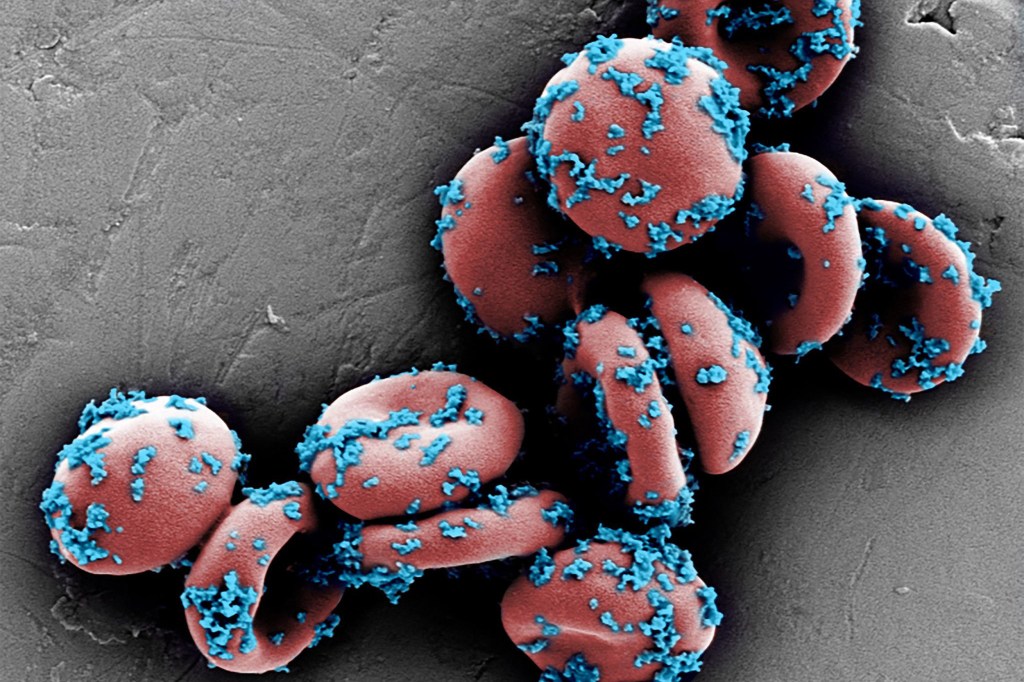
-
Survival of the fittest takes a hit
By re-barcoding the DNA of yeast, researchers were able to follow evolution for approximately 1,000 generations, finding surprises along the way.
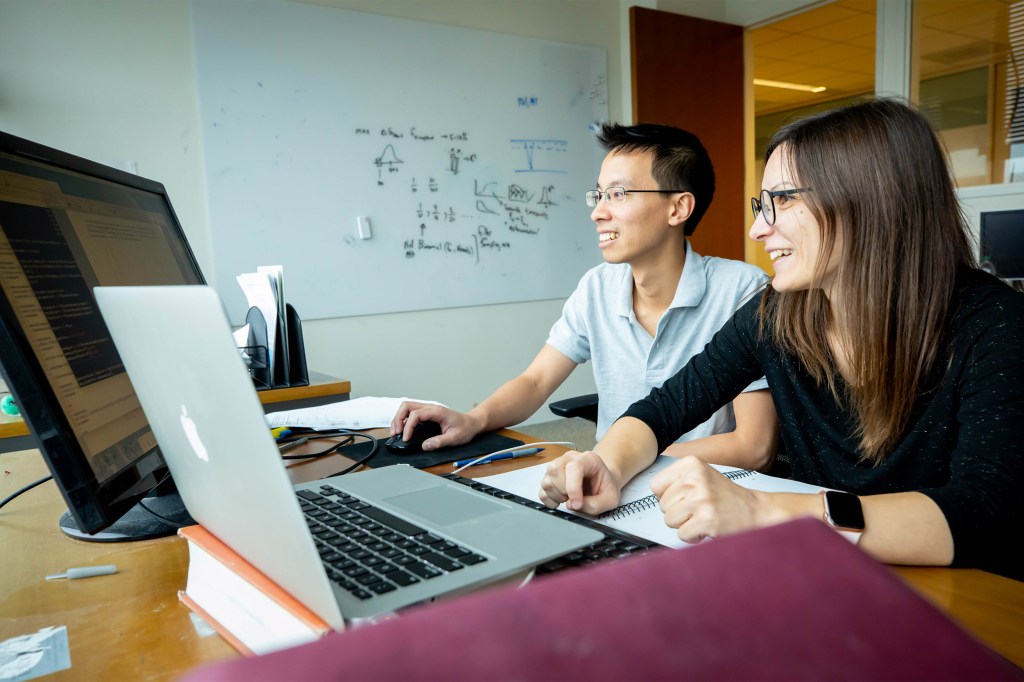
-
If it ain’t broke, don’t fix it
Research suggests that errors resulting from variability in motor function are a feature, not a bug, of our nervous system and play a critical role in learning.
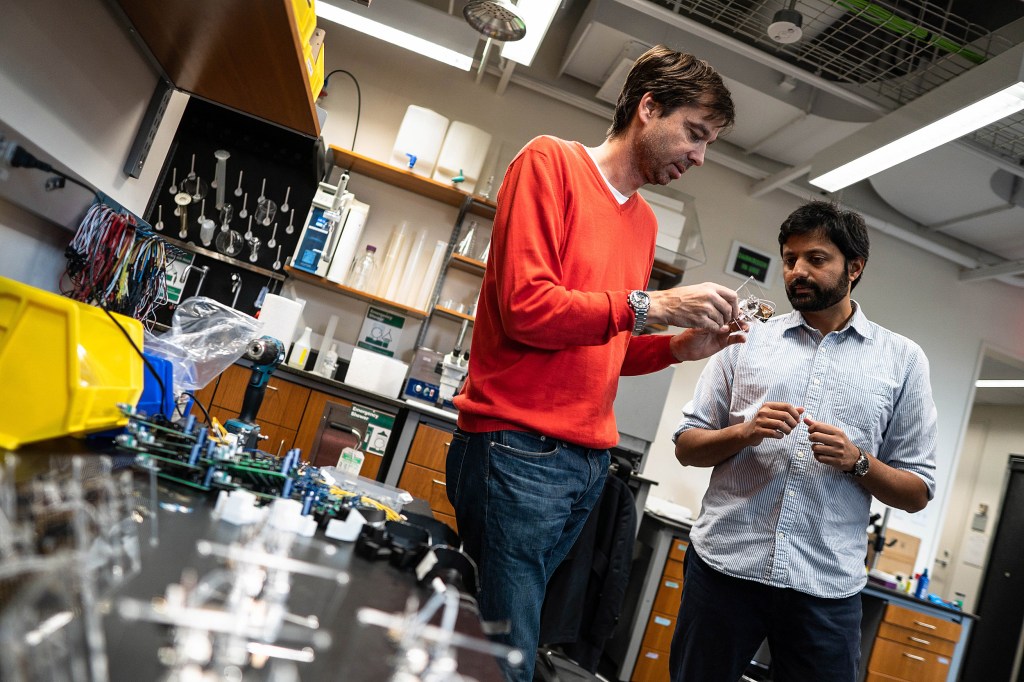
-
Combination gene therapy treats age-related diseases
Wyss Institute, Harvard Medical School study offers hope for single genetic treatment for multiple age-related ills.
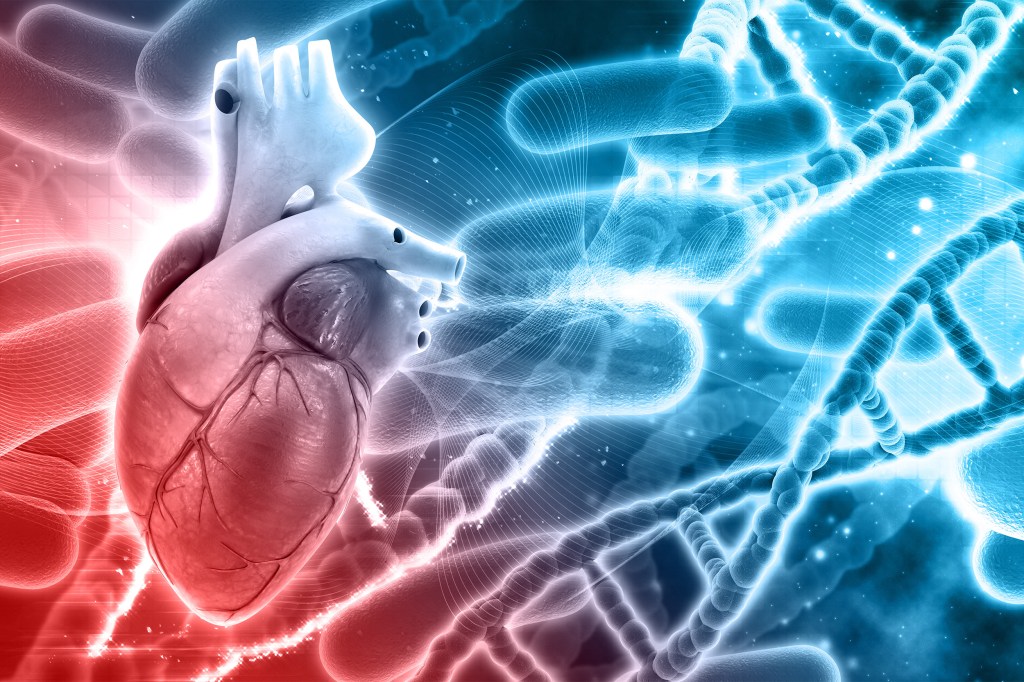
-
First in flight: RoboBee powered by soft muscles
Researchers have developed a resilient RoboBee powered by soft artificial muscles that can crash into walls, fall onto the floor, and collide with other RoboBees without being damaged.
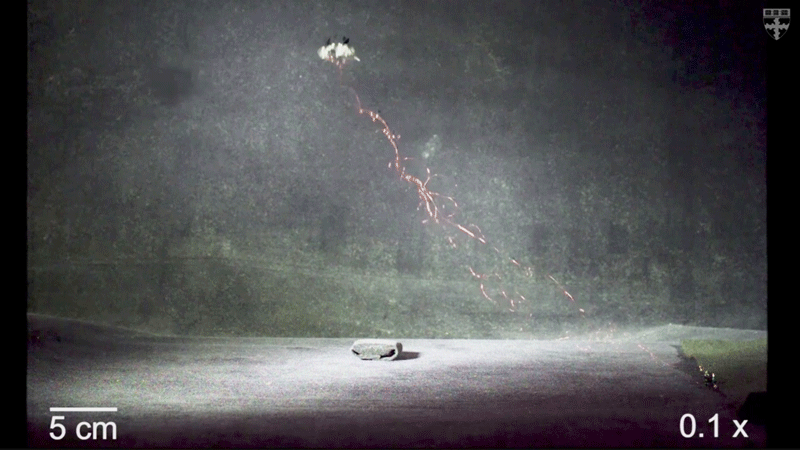
-
Toll of climate change on workers
Economist Patrick Behrer is tracking the health effects of working in an extremely hot environment and the ripple effects on the economy.
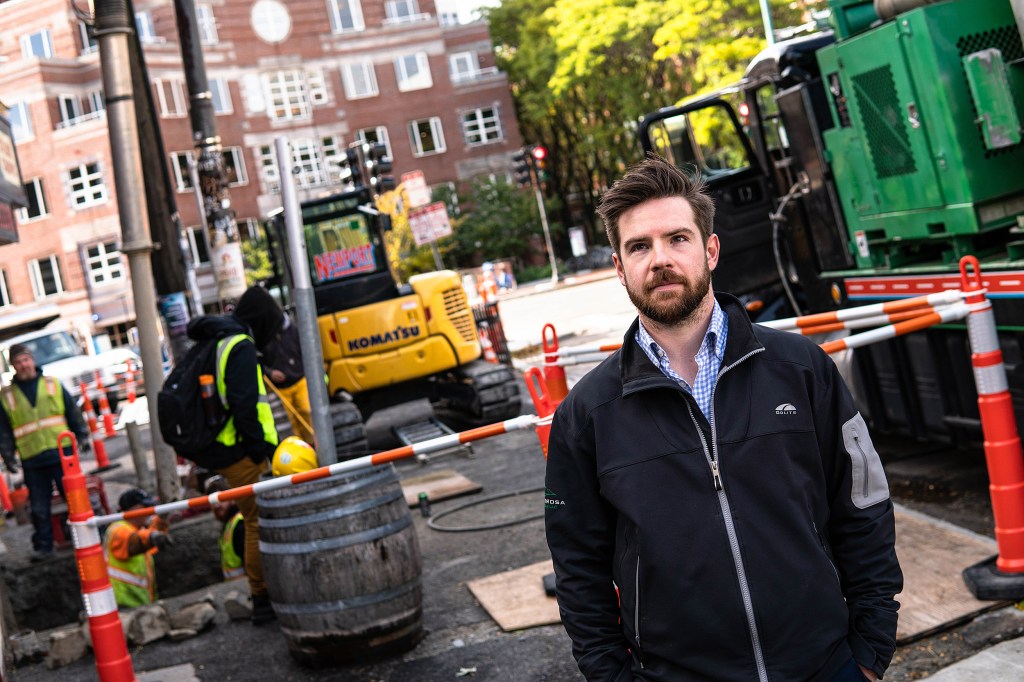
-
A clue to biodiversity?
An analysis of 20 butterfly genomes found evidence that many butterfly species — including distantly related species — show a surprisingly high amount of gene flow between them, Harvard researchers found.
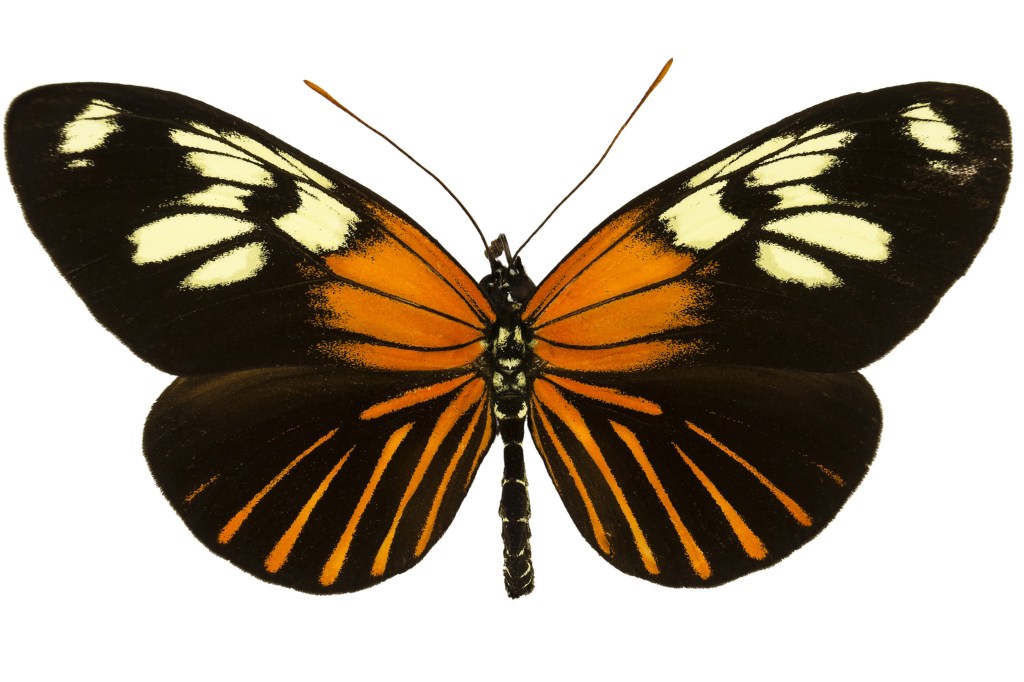
-
Riding the quantum computing ‘wave’
Google engineers claimed to have created a quantum computer that exhibited “quantum supremacy.” The Gazette spoke with Harvard Quantum Initiative Co-Director Mikhail Lukin about the achievement, about similar work at Harvard.
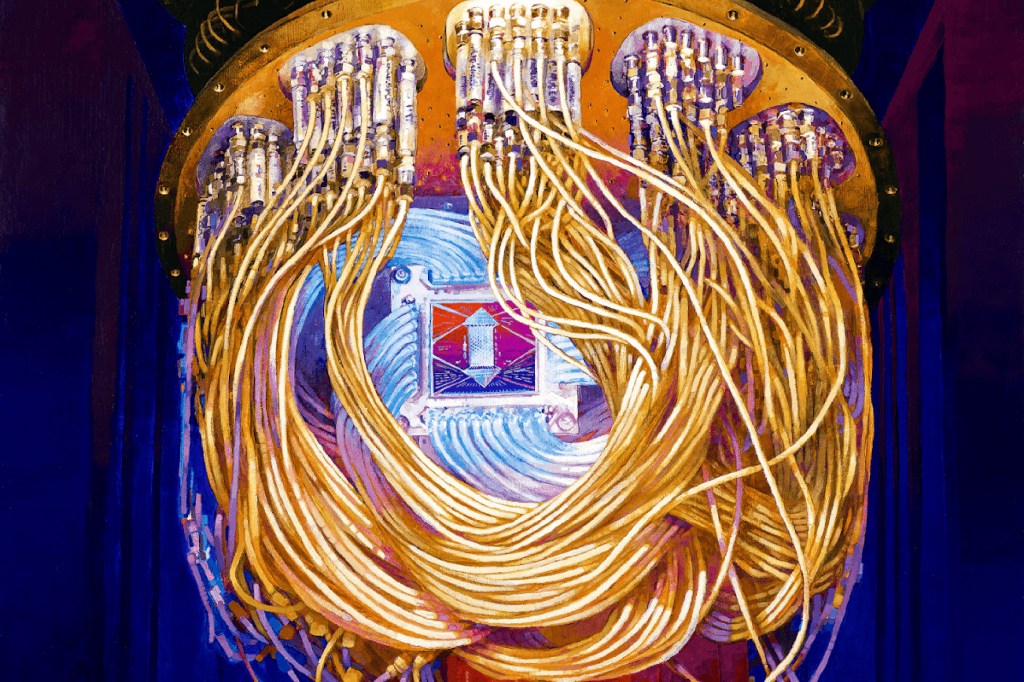
-
Power and pitfalls of gene editing
CRISPR gene-editing technology has conquered the lab and is poised to lead to new treatments for human disease. Experts consider the promise and peril at Radcliffe.
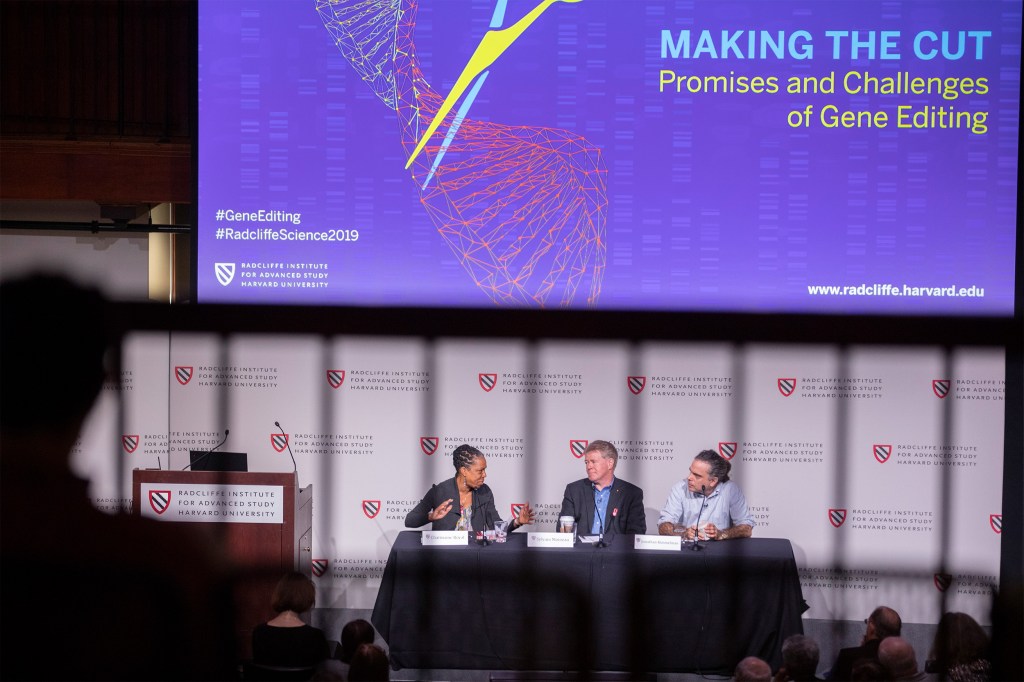
-
Inspired by jumping spiders
Inspired by the depth perception of spiders fixing to pounce on prey from a distance, Harvard researchers design a sensor that could be used in microrobotics, augmented reality, wearable devices.
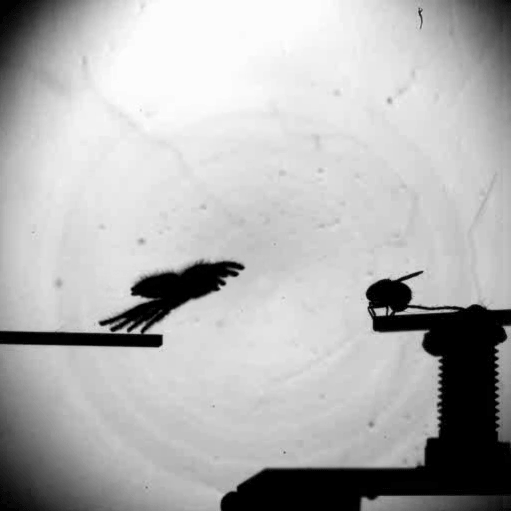
-
A rose by any other name — could be confusing
Kanchi Gandhi is one of a small group of global experts who referees the rules of naming new plant species.

-
Both marathoner and sprinter
Scientists from Harvard and the University of Virginia have developed the first robotic tuna that can accurately mimic both the highly efficient swimming style of tuna, and their high speed.
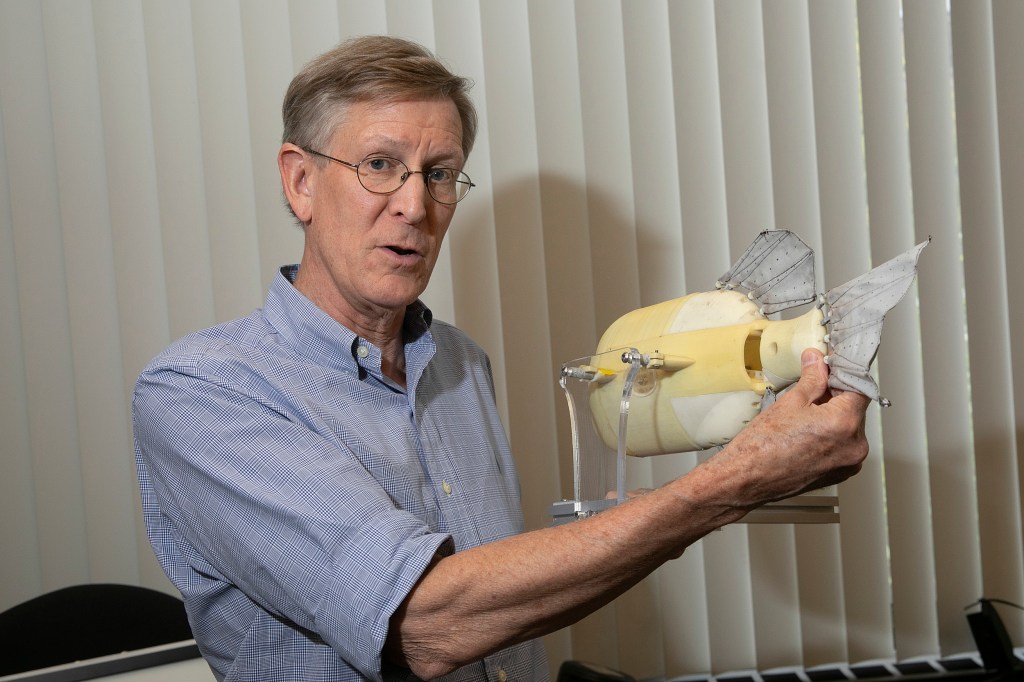
-
My three suns
Harvard astronomers are studying a newly discovered rocky planet with three suns called LTT1445Ab in the hopes it will provide valuable insights into Earth.
